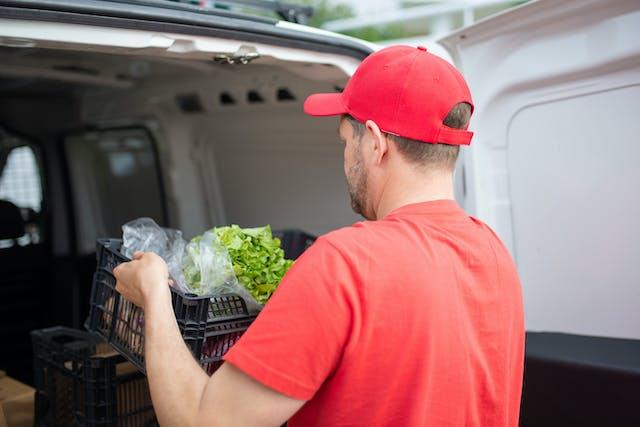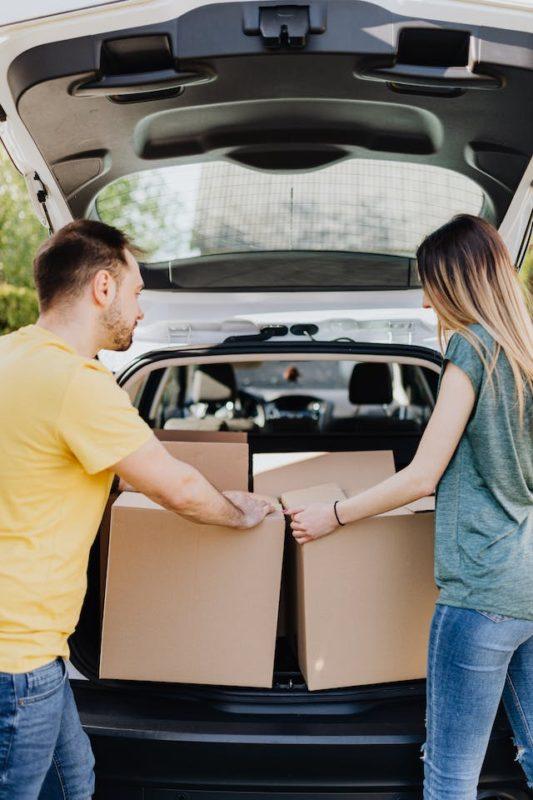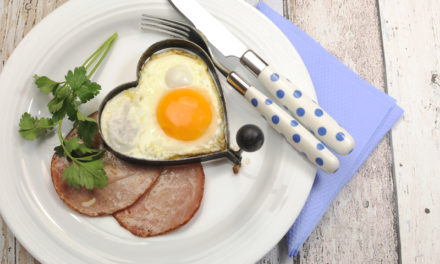
Whether you’re bringing a dish to a potluck, transporting groceries, taking wedding cookies to a special occasion, or carrying a packed lunch for a road trip, safely transporting food in your car is a skill worth mastering. Oh yes, there is absolutely no doubt about that! If something isn’t transported correctly, like a cake, then you can absolutely count on this turning into a complete disaster.
So, keeping perishables fresh and preventing spills honestly requires a bit of planning (maybe too much planning), but at the end of the day, it’s about the right techniques. So, no matter how you transport food, there are some important tricks, and here’s everything you’ll need to know!

You Need to Invest in Proper Containers
While this may be obvious for some, it’s just something that deserves to be repeated. So, the first step in ensuring food safety during transport is to invest in the right containers. You’ll want to choose leak-proof and airtight containers for liquids and dishes prone to spills. When it comes to hot foods, it’s best to consider insulated containers to maintain temperature.
Use sturdy containers with secure lids to prevent accidental openings. For groceries, using strong tote bags is ideal; even crates are perfect for getting the job done! If you’re transporting something like a cake, tiered or not, there are special tall and wide cake boxes you’ll need to get.
The Vehicle Counts
Well, you don’t immediately have to search on Edmunds for a car that can nicely transport food; something like that isn’t really necessary unless you’re planning on running a business, like catering, wedding cakes, or something along the lines of these. However, the cat is still going to count. How much room do you have? Are there heated seats for keeping food warm? How shaky is the car when running (such as traction)? Honestly, these are things to consider.
Minimize Movement
When loading your car, pack items strategically to minimize movement during transit. You’ll need to use blankets, towels, or even extra clothing to create a cushioning layer around fragile items. Plus, you’ll want to place heavier items at the bottom and use the car’s compartments to prevent shifting. Usually, it’s a good idea to have these on the floorboard if possible.
Secure What You Can
Alright, so this actually piggybacks on what was said above, but a tad more detail to ensure that no spills or waste from your hard work happens! Be sure to keep in mind that loose items can become projectiles during sudden stops or turns. It’s honestly a nightmare in more ways than one, from the mess it makes, and something like a cake will ruin its aesthetic appeal if it’s smashed or smeared in its container. You’ll need to secure loose items with bungee cords, nets, or cargo organizers to prevent spills and ensure the safety of both your passengers and your food.
Are there Local Guidelines?
Usually, this is geared towards businesses, but it’s still best to look into this, even as individuals. In general, different climates and local regulations may impact food safety guidelines. So you’ll need to be aware of any specific recommendations or restrictions in your area, especially if you’re transporting food over long distances or across state lines.
This is a contributed post, please see our privacy policy for more information.





